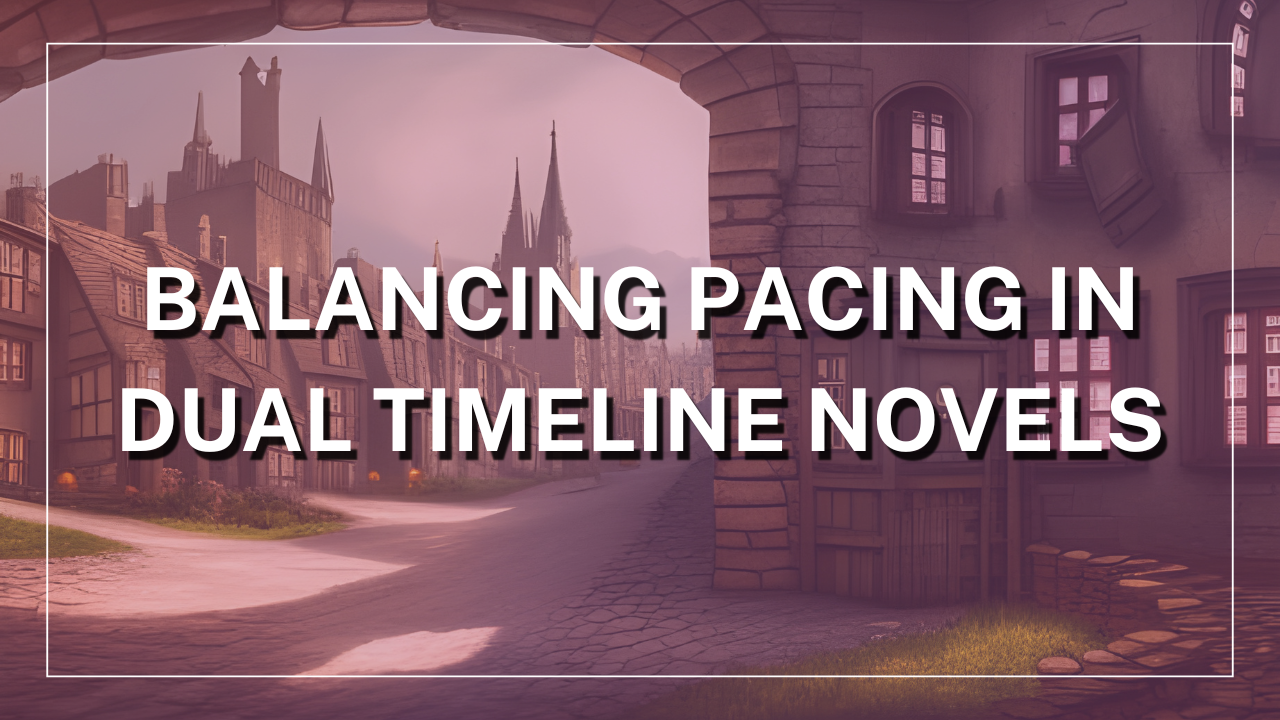Writing a dual timeline novel? Exciting! But also tricky, especially when it comes to pacing. With two storylines running parallel, it’s easy for one to outshine the other, or for readers to feel lost or impatient. The key? Balance. Here are five practical tips to help you nail the pacing in your dual timeline story.
1. Treat Both Timelines Like Main Stories
Each timeline deserves its own arc, momentum, and emotional stakes. Avoid the temptation to treat one as “filler” or purely backstory. If one thread feels less compelling, your readers will be tempted to skip. Make sure both storylines earn their space. Try this: Outline each timeline separately first. Make sure they both have tension, turning points, and a climax, even if one is quieter or more internal.
2. Use Cliffhangers Wisely
One of the biggest advantages of dual timelines is the built-in suspense. End chapters on mini cliffhangers before switching timelines. This creates momentum as readers eagerly turn the page to return to the other story. Caution: Don’t overdo it. Not every chapter needs a dramatic ending. Sometimes, a quiet emotional beat works better. Vary the rhythm.
3. Mirror Themes to Create Emotional Flow
Readers stay engaged when there’s a sense of cohesion between timelines. Use mirrored themes (e.g., betrayal in the past, forgiveness in the present) to link the timelines emotionally, even when events are unrelated. Example: In The Nightingale by Kristin Hannah, the sisters’ journeys in WWII mirror the narrator’s present-day regrets and resilience, creating thematic resonance that keeps both timelines compelling.
4. Control Timeline Swaps Strategically
Don’t switch timelines just because it’s your turn. Switch when it serves tension, contrast, or emotion. Some stories benefit from alternating every chapter, while others work better with longer sections or one dominant timeline. Tip: Use chapter headers (e.g., year/location or character name) to orient the reader instantly. Confusion kills pacing.
5. Tighten Transitions
Transitions between timelines should feel seamless, not jarring. Use parallel imagery, dialogue echoes, or emotional callbacks to make the switch feel intentional. Example: End a past chapter with a character’s unresolved fear. Open the next with the present-day protagonist dealing with a similar anxiety. This emotional continuity keeps the narrative smooth and engaging.
Dual timeline novels, when paced well, offer readers twice the depth and drama. Keep both threads strong, connected, and emotionally rewarding. With the right pacing tools, you’ll keep your readers flipping between past and present with eager hearts and zero confusion.

